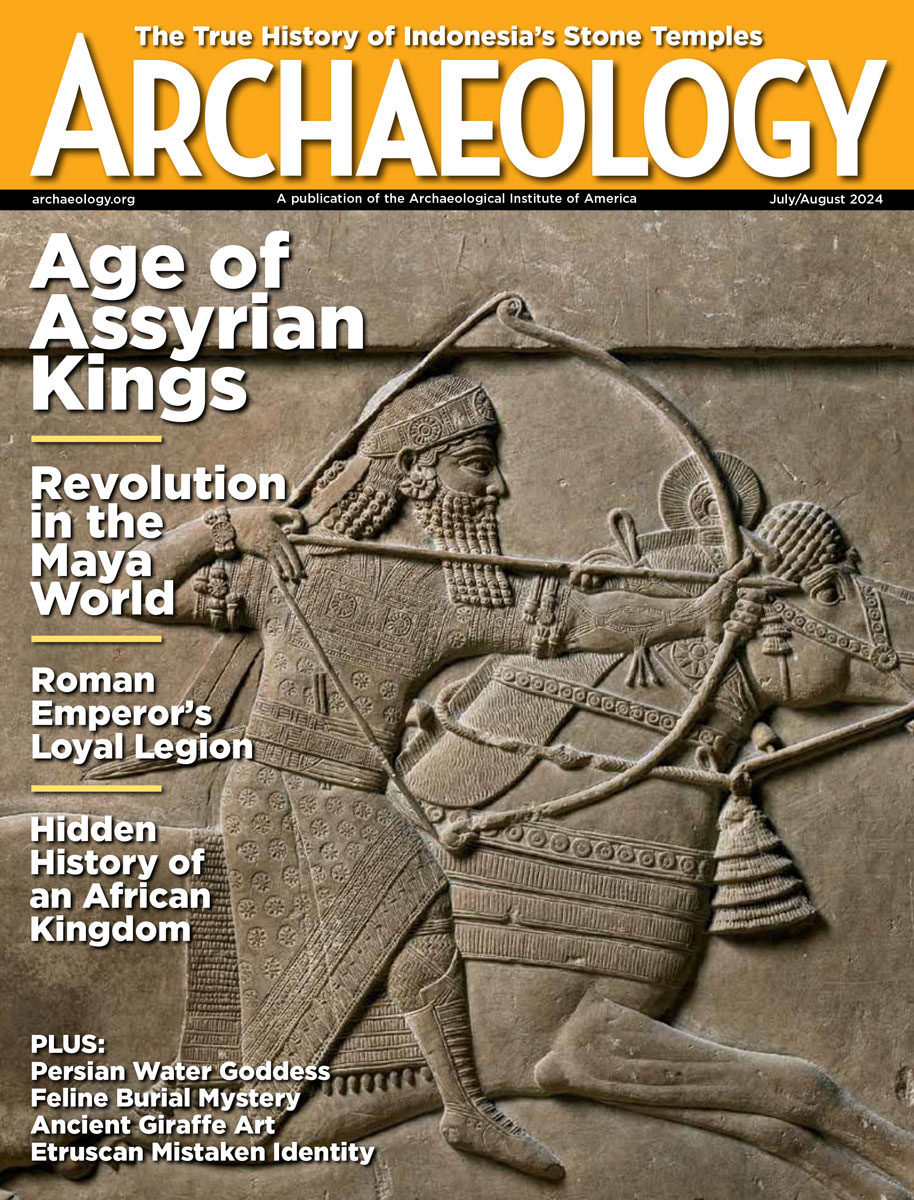Monday, June 4
June 4, 2012
At a Bronze Age settlement  in western Scotland, archaeologists have unearthed ring ditches in roundhouses that may have been covered with wood flooring and used to keep food cool. Archaeologists usually find the ditches outside the roof supports of such structures. They also discovered wood-lined vents in central hearths, which would have allowed residents to regulate their heat source. A burnt mound at the site may have been used for boiling water and as a sauna.
The government of Cambodia reportedly plans to ask The Metropolitan Museum of Art for the return of two tenth-century Khmer statues thought to have been removed from the site of Koh Ker in the 1970s. Known as the Kneeling Attendants, the statues were donated to the museum in four pieces between 1987 and 1992. “There were no real prevailing restrictions against accepting these works of art,†said Harold Holzer, senior vice president for external affairs at the museum.
U.S. Defense Secretary Leon Panetta and Vietnam Defense Minister Phung Quang Thanh met in Hanoi and exchanged soldiers’ letters that had been apprehended during the Vietnam War. Vietnam has agreed to open previously restricted areas to searches for human remains by American scientists. Eight potential sites remain closed. The letters will be returned to the soldiers’ families.
Archaeologist Marc Azéma of the University of Toulouse-Le Mirail and artist Florent Rivère think that Stone Age artists living in what is now France intended their cave paintings to depict animals in motion. Sometimes the animals were drawn in consecutive “freeze-frame†images; other images were superimposed in order to show trotting, running, head shaking, or tail flicking. The images would have been viewed in flickering torch light. Rivère adds that the engraved bone disks unearthed at Stone Age sites may have been used as animation devices. Images on the disks seem to move as the disks rotate back and forth.
Photographs of a 200-year-old shipwreck discovered in the Gulf of Mexico have been posted at National Geographic Daily News. The ship’s wooden hull had been sheathed with copper, and the photographs show that it carried muskets, plates, glassware, and alcoholic beverages. Researchers have not yet identified the vessel.
- Comments Off on Monday, June 4









